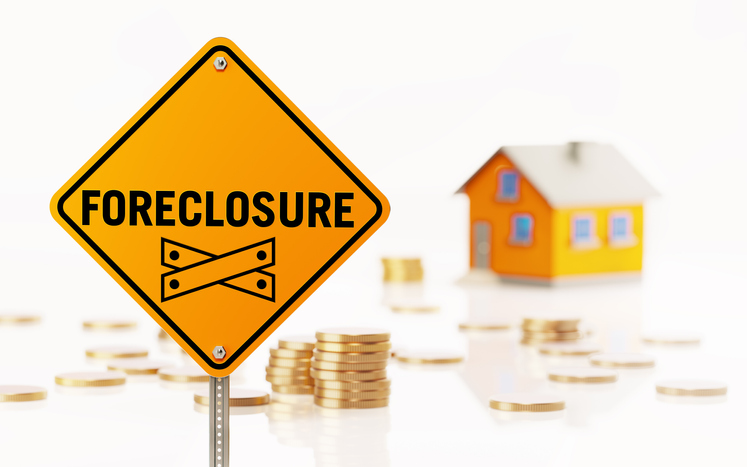Just three months ago, ATTOM CEO Rob Barber hailed a rebound in the housing market as foreclosure filings fell by 9% from June 2023 to July 2023. Unfortunately, there was trouble brewing on the horizon, and it hit the market hard. ATTOM’s most recent foreclosure data for Q3 2023 shows that there are 124,539 properties in the United States with foreclosure filings. This is 28% higher than Q2 2023 and a whopping 34% higher than a year ago. September 2023 alone saw 37,679 foreclosure filings, about 11% more than in August 2023.
The foreclosure rate is close to what it was before the COVID-19 pandemic. There is also very clear evidence that ongoing financial pain is making it impossible for homeowners to keep up with payments. The inflation rate has been above the FED’s target rate of 2% since 2021. Residential electricity prices rose by almost 11% in 2022 and have risen an additional 4.2% so far this year. The resumption of student loan payments is likely to put further stress on homeowners who are already struggling to pay other bills. These factors could contribute to a continued rise in mortgage foreclosures as homeowners come to the end of their financial rope, especially since high mortgage loan rates make it difficult for homebuyers to enter the market and purchase a distressed home for sale.
It should be noted that the foreclosure rate isn’t rising evenly throughout the United States. New York, New York; Chicago, Illinois; Houston, Texas; Los Angeles, California; and Philadelphia, Pennsylvania have the highest foreclosure start rates in the nation. Houston, Texas has the highest foreclosure rate in the nation, but Chicago’s current foreclosure start rate is 35% lower than it was in the second quarter of the year, an indication that the city’s market may be on track to normalization post-pandemic. Other cities that have seen a drop in foreclosure starts are Salt Lake City, Utah; Kansas City, Missouri; Columbus, Ohio; and Milwaukee, Wisconsin. New Jersey, South Carolina, and Delaware have the highest foreclosure rates in the United States, while Vermont, South Dakota, and Montana have the lowest rates.
Real estate experts note that the odds of a replay of the 2008 housing crash are slim. New financial regulations put in place after 2008 have largely eliminated mortgage loans with balloon payments that rose over time. These loans played a huge role in the 2008 housing market crash as borrowers who lost their jobs were suddenly unable to afford loan payments. Lenders have tightened their lending standards, so only strong borrowers can take out a mortgage loan. What’s more, residential home prices are strong thanks to a protracted housing shortage. Despite rising mortgage loan interest rates, there are still more interested homebuyers than there are homes for sale.
The foreclosure rate has risen significantly in the third quarter of the year. There is a very good chance that they will continue to rise in the last quarter of the year. While some foreclosures were simply delayed due to the mortgage payment moratorium, many current filings are a result of homeowners still struggling financially in the aftermath of the COVID-19 pandemic. The residential housing market has yet to feel the impact of the resumption of student loan repayments on homeowner wallets. Statistics from early 2021 show that nearly one in four people who bought a home in 2020 have student debt, an indication that many homeowners already struggling with rising costs will face further struggles starting in the last quarter of the year. The danger of a repeat of the 2008 housing crash is slim, and many cities are seeing a drop in new foreclosure filings, an indication that the residential real estate market in at least some areas of the United States is starting to return to normal. While lenders should have a plan in place for increased foreclosure filings, there is also reason for cautious optimism as there is a chance the market could normalize in the near future.
Have questions?
If you or someone you know has questions about the current foreclosure climate, we’d be happy to answer your questions:
(818) 591-9237

